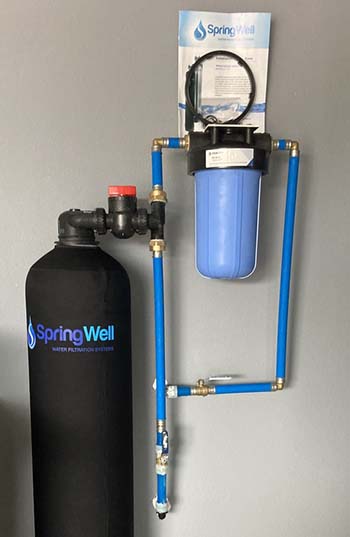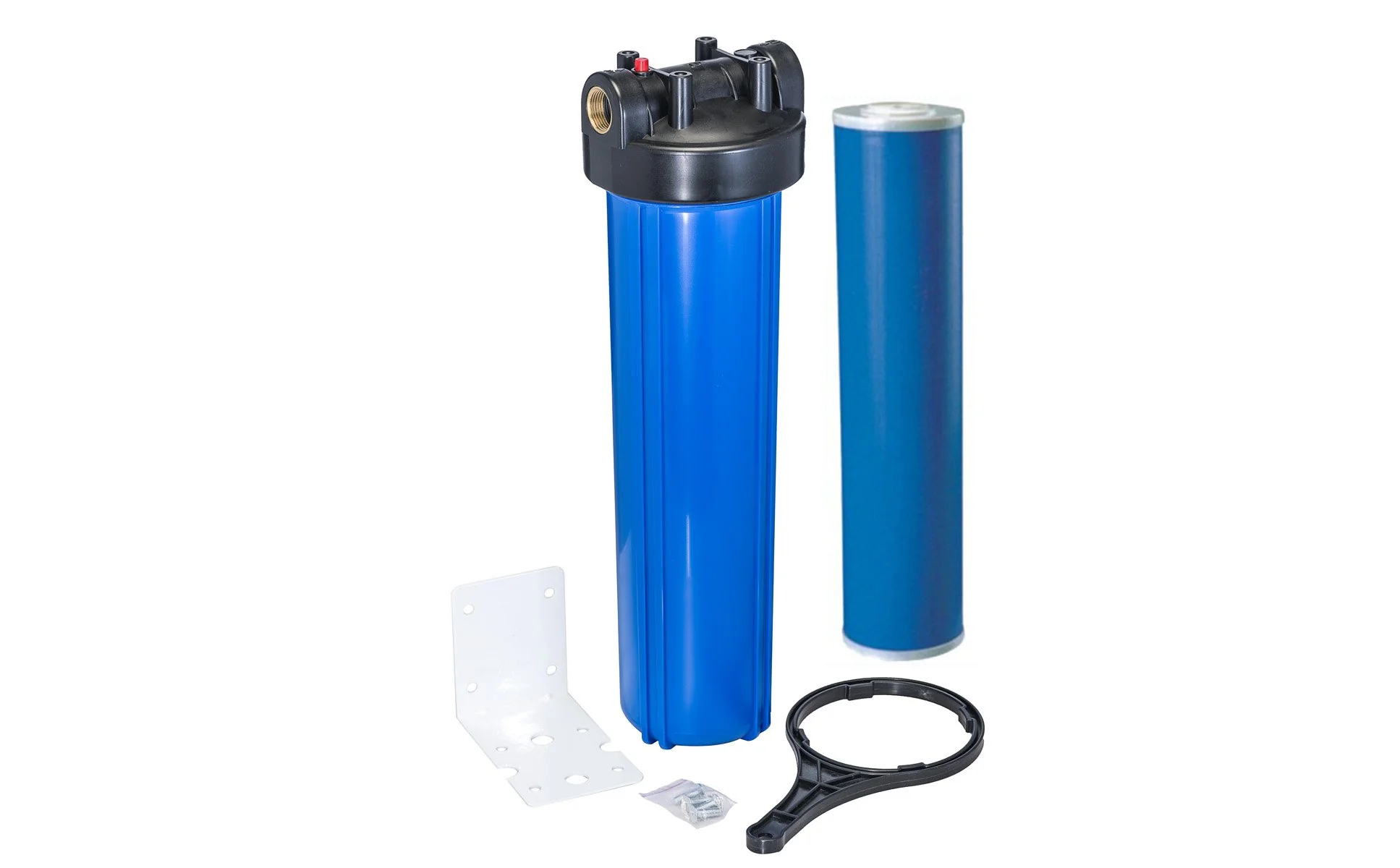Recommended Water Filtration for the Whole House
Recommended Water Filtration for the Whole House
Blog Article
In this article below you can find additional professional material on the subject of Everything You Need to Know About Whole House Water Filter.

Whole residence water filters are the excellent alternative for people that are interested in having a residence that offers clean, drinkable water. In addition to supplying quality alcohol consumption water throughout your house, a whole residence water filter likewise offers advantages such as eliminating impurities that trigger finding in water that is made use of to wash dishes. Unfiltered water can additionally trigger trouble such as rusting pipes as well as appliances, spoiling clothes that is cleaned as well as stain sinks or showers. Although entire house water filters are usually used in property homes, they can likewise be an effective choice for houses or workplaces.
At first, it might appear that whole residence water filters would be very expensive when compared to various other filter choices, yet they are actually an extremely cost-effective choice for water purification. The price variety of these water filters is huge, starting at 2 hundred bucks and setting you back as high as one thousand dollars. The price of the filters is dependent upon their dimension, product and life expectancy. This may appear like an exceptionally high price, however when compared to various other filter options, it is really extremely cost effective as a result of the quantity of filtering that it offers.
Entire residence water filters detoxify water in the same fashion that other filters, such as counter top or under sink filters, do. The distinction is that it requires only one filter, which is connected to the primary water resource, as opposed to needing multiple water filters to be attached to different gadgets. Similar to the various other filters, entire house water filters purify tap water by forcing it with a number of different phases of filtering. Among the stages is carbon filtration. Carbon is an effective method of filtering water because it is porous and has the ability to remove small and also big contaminations. Carbon is important in eliminating unstable organic carbon compounds, which sometimes can trigger major damages to the liver, kidney or central nervous system. Carbon also gets rid of hazardous compounds such as pesticides, industrial solvents and insecticides.
One more vital step of the filtering process involves a procedure such as ionization or micron purification. This action eliminates hundreds of impurities located in faucet water, as well as transforms the water to fantastic tasting, healthy and balanced alcohol consumption water. As pointed out earlier, the main advantage of entire residence water filters are that they supply filtered water throughout your home with the use of just one filter.
One more advantage of entire home water filters is the long lifetime that they use. A number of these filters last between fifty and also one hundred thousand gallons of water. For lots of, the main disadvantage of entire home filters is the higher than typical price. Although these filters are extremely economical, they do require a huge investment in advance. Whole residence water filters can additionally need a significant quantity work to mount.
How to Remove Iron Bacteria from Well Water
If your drinking water comes from a private well, you will likely experience issues with iron in your water. These issues can range from poor-tasting coffee to bright orange streaks in toilets and bathtubs. However, there’s an equally familiar but less understood problem linked to iron contamination: iron bacteria, also known as “iron-eating” or “iron-oxidizing” bacteria.
Iron is one of the most abundant minerals in the earth’s crust. As a result, elevated levels of iron are usually widespread in the groundwater that serves wells, often fostering the growth of iron bacteria in well water. These organisms can combine oxygen with iron, manganese, or other nutrients in the water to form a swampy sludge containing rust deposits, bacterial cells, and other organic and inorganic matter. This slimy residue then sticks the bacteria to pipes, pumps, plumbing fixtures, and appliances, causing clogging, foul tastes and odors, corroded pipes and plumbing fixtures, etc.
Well-water systems used infrequently or intermittently are typically more prone to iron bacteria problems. To make matters worse, removing these organisms from your water can be complicated, which is why we recommend taking steps to prevent them from forming in your well in the first place. Luckily, this article explains a highly effective way to remove iron bacteria from well water. Let’s start by discussing what iron bacteria are and how they get into well water.
Signs of Iron Bacteria in Water
If your household water supply is contaminated with iron bacteria, you might notice several unappealing signs that may indicate iron bacteria presence. These signs may include:
Stains and deposits on plumbing fixtures, pipes, and appliances
One of the most common indicators of iron bacteria in well water is stains and deposits on plumbing fixtures, pipes, and appliances. Water containing these organisms will leave rust-colored slime stains and deposits in sinks and toilets and inside well casings. You’ll also notice stains on fixtures, tableware, laundry, and various surfaces, that keep coming back no matter your cleaning method or efforts. These stains can be grey, yellow, or brown but are often a reddish-orange rust-like color.
Discoloration
Water containing iron bacteria can have a yellow, red, or orange hue. Further, visible deposits that have a clumpy or slimy consistency are very likely to have been caused by the presence of iron bacteria. Iron bacteria deposits are widespread in toilet tanks. In many cases, the deposits will take the form of a slimy coating along the walls of the tank. If the bacteria have been in the water for a lengthy period, the deposits could float in the water.
Oily sheen on the water surface
A quick and easy way to check for the presence of iron and other slimy-producing bacteria is to look in the water closet tank of your toilet. If you see an oily sheen on the surface of the water and can feel a slimy residue on the inside of the tank, slime-producing bacteria are likely present in your water system. If you use disinfectant in your tank, evidence of these conditions might not be so apparent.
https://www.springwellwater.com/how-to-remove-iron-bacteria-from-well-water/

As an avid reader about What are the Benefits of Using a Whole House Water, I assumed sharing that excerpt was beneficial. Sharing is nice. Helping others is fun. I treasure reading our article about What is a Whole House Water Filter and How Does It Work?.
Quality service? Ring us. Report this page